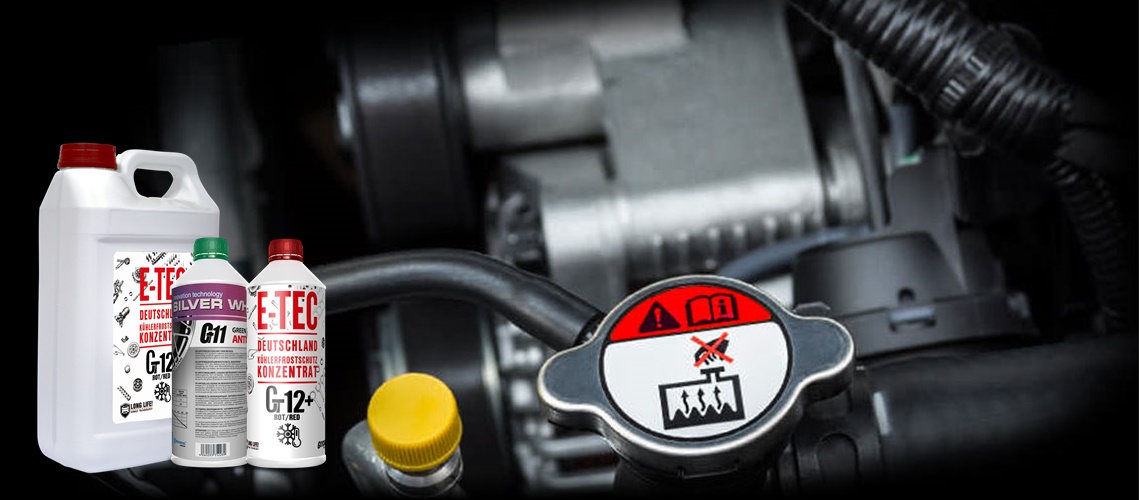When it is necessary to change antifreeze

Many car owners do not pay attention to the condition of car antifreeze. This happens up to the first car breakdown. It is better to prevent the problem than to carry out expensive repair of the radiator or cylinder head.
How to change antifreeze? Each car owner should know what brand of antifreeze is filled in the system. Antifreeze is selected according to the composition and recommendations of the car manufacturer, but not by color. The composition of the cooling liquid is crucial in heat transfer in modern internal combustion engines. The compositions of cooling liquids generally contain alkylene glycols, mainly ethylene glycol or propylene glycol, as an antifreeze component. The composition includes different types of anti-corrosion additives. In engines various materials are used with increasing frequency, such as cast iron, copper, brass, soft solder, steel, magnesium and aluminum alloys. Such a variety of materials depends on high requirements for the anticorrosive properties of antifreeze. Pay attention to whether additives are suitable for the cooling system of your car. Any type and any degree of corrosion is a potential risk factor that can shorten the life of the engine and reduce its reliability. Also, antifreezes must be compatible with non-metallic components, for example, elastomers and plastics from hose connections or gaskets.
Basic rules for the selection of antifreeze
1. To select a cooling liquid according to its composition, but not to its color. Antifreezes are often not compatible with additives, a simple topping can provoke corrosion in the cooling system. And this results in the damage to very expensive engine parts.
2. Antifreeze has a certain life span. Additives lose their properties and under the influence of elevated temperatures lose their effectiveness, decompose and precipitate in the form of sludge. For this reason, heat dissipation from parts is significantly impaired, the engine overheats, and the interior heating system loses its effectiveness.
3. Read carefully the car operating instructions, it indicates at what mileage it is necessary to change the antifreeze.
Signs of the need to change antifreeze
- Results of test strip measurement.
- Indications of refractometer or areometer.
- Cooling liquid color change: for example, it was red, but it became rusty or yellow.
- Turbid and faded color.
- The presence of scale, foam, chip scraps and other foreign particles.
Before adding new liquid, the system must be washed to get rid of rust and sediments that ordinary cannot be removed by water.